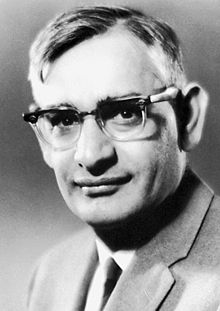Kiritimati sometimes Christmas Island is a Pacific Ocean raised coral atoll in the northern Line Islands, and part of the Republic of Kiribati.
The name "Kiritimati" is a rather straightforward respelling of the English word "Christmas" in the Kiribati language, in which the combination ti is pronounced s, and the name is thus pronounced.
The island has the greatest land area of any coral atoll in the world, about 388 square kilometres (150 sq mi); its lagoon is roughly the same size. The atoll is about 150 km (93 mi) in perimeter, while the lagoon shoreline extends for over 48 km (30 mi). Christmas Island comprises over 70% of the total land area of Kiribati, a country encompassing 33 Pacific atolls and islands.
It lies 232 km (144 mi) north of the Equator, 6,700 km (4,160 mi) from Sydney, and 5,360 km (3,330 mi) from San Francisco. Kiritimati Island is in the world's farthest forward time zone, UTC+14, and is one of the first inhabited places on Earth to experience the New Year . Despite being 2,460 km (1,530 mi) east of the 180 meridian, a 1995 realignment of the International Dateline by the Republic of Kiribati "moved" Kiritimati to west of the dateline.
Nuclear tests were conducted on and around Kiribati by the United Kingdom in the late 1950s, and by the United States in 1962. During these tests islanders were not evacuated. Subsequently British, New Zealand, and Fijian servicemen as well as local islanders have claimed to have suffered from exposure to the radiation from these blasts.
The entire island is a Wildlife Sanctuary; access to five particularly sensitive areas is restricted.
At Western discovery, Christmas Island was uninhabited. As on other Line Islands there might have been a small or temporary native population, most probably Polynesian traders and settlers, who would have found the island a useful replenishing station on the long voyages from the Society Islands to Hawaiʻi, perhaps as early as AD 400.
This trade route was apparently used with some regularity by about AD 1000. From 1200 onwards Polynesian long-distance voyages became less frequent, and had there been human settlement on Christmas Island, it would have been abandoned in the early-mid second millennium AD. Two possible village sites and some stone structures of these early visitors have been located. Today, most inhabitants are Micronesians, and Gilbertese is the only language of any significance. English is generally understood, but little used outside the tourism sector.
Christmas Island was discovered by the Spanish expedition of Hernando de Grijalva in 1537, that charted it as Acea. This discovery was referred by a contemporary, the Portuguese António Galvão, governor of Ternate, in his book Tratado dos Descubrimientos of 1563. Captain James Cook visited it on Christmas Eve (24 December) 1777. It was claimed by the United States under the Guano Islands Act of 1856, though little actual mining of guano took place.
The island's population has strongly increased in recent years, from about 2,000 in 1989 to about 5,000 in the early 2000s. Christmas Island has two representatives in the Maneaba ni Maungatabu. Today there are five villages, four populated and one abandoned, on the island: Tabwakea, London, Banana (Banana Wells), Poland & Paris (ruins), of which paris is in ruins now.
Permanent settlement started by 1882, mainly by workers in coconut plantations and fishermen but, due to an extreme drought which killed off tens of thousands of Coconut Palms – about 75% of Christmas Island's population of this plant – the island was once again abandoned between 1905 and 1912.
























